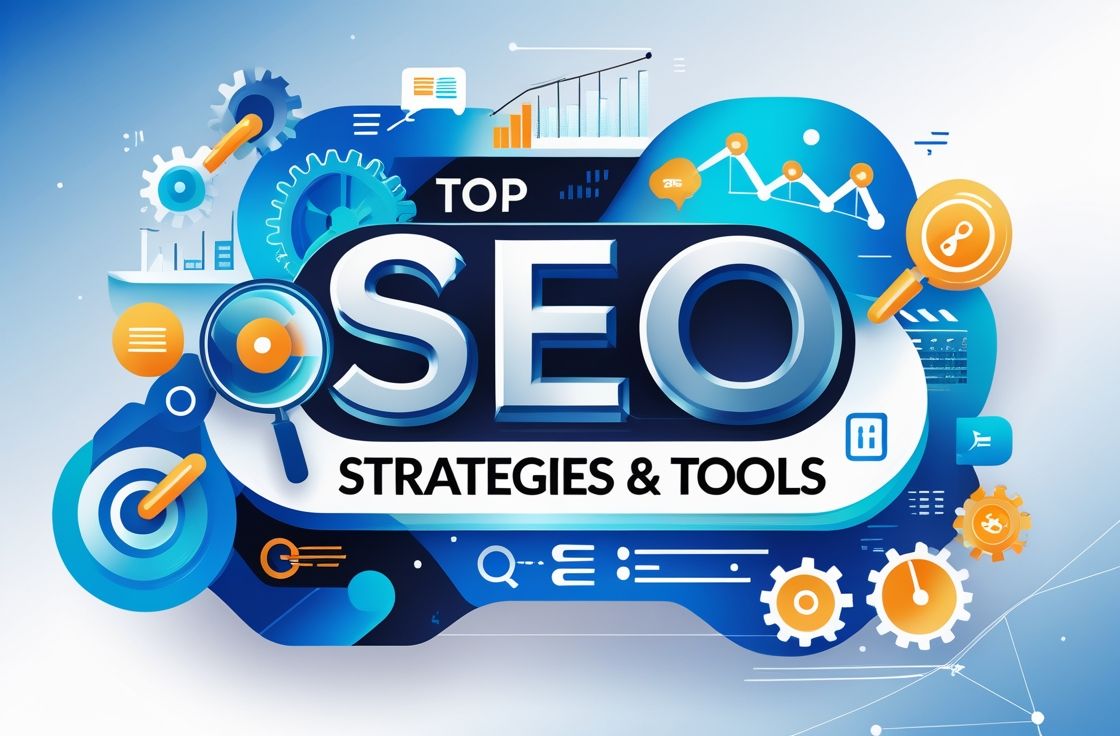How do old articles affect a website’s SEO? In today’s world, where competition in the online space has become very intense, search engine optimization (SEO) is critical and vital for websites to rank higher in search results. Many factors affect website SEO.
Among them, content is of particular importance as one of the fundamental factors in attracting traffic and achieving high rankings in search engines.
With the advancement of technology and frequent updates to search engine algorithms, many webmasters and site administrators are faced with this question: What effect do old articles have on a site’s SEO? Can these articles, which may have been written years ago and have not been updated, still help improve the site’s ranking? Isn’t it better to delete them and replace them with new content?
In this article, we will examine the impact of old articles on a site’s SEO. By reading this article, you will understand what effect old articles have on a site’s SEO? You will also become familiar with the impact of old articles on your site’s SEO and you can make the best decision about managing your site’s old and new content.
The impact of content quality on SEO of old articles
Content quality is very important in SEO of old articles of the site; in fact, high-quality content directly has a significant impact on your site’s ranking in search engines. In the past, some search engines simply focused on technical factors such as keywords and the number of links. As the search engine algorithms of Google and other search engines have evolved, the impact of high-quality content has become much greater.
How do old articles affect site SEO? Old articles can also serve as a valuable asset for your site. If the content of these old articles is still useful and valuable and is in line with the latest changes in your industry, they may still attract visitors to your site. Also, if old articles have quality inbound and outbound links (backlinks), they can help improve your site’s ranking. Review old articles and make sure that their information is still complete and correct. If necessary, update the content to match the new changes.
If the structure of your old articles isn’t optimized for search engines, you can improve it. Adding headings, sectioning, and using proper formatting can help make your article more readable and informative. Reviewing the keywords used in your old articles and making sure they fit into your site’s current keyword strategy can help improve the SEO of the relevant pages.
The impact of backlinks on the SEO of old articles
How do old articles affect your site’s SEO? Backlinks, or inbound links from other sites to your site, are an important factor in old article SEO (search engine optimization). Backlinks pointing to old articles on your site can also have a significant impact on SEO. If your old articles have backlinks from valuable sites, these backlinks will help your site’s SEO. Search engines consider backlinks from reputable sites as an indication of the value and quality of your site. Therefore, if your old articles have backlinks from reputable sites, your site’s credibility will increase in the eyes of search engines.
If the backlinks pointing to your old articles are from sites related to the content of the article, these backlinks will help the SEO of the old articles and your site. Search engines look for thematic connections between pages and links, and backlinks from sites related to your site are considered a bonus for content.
Having a variety of backlink sources can also help with the SEO of old articles. If your backlinks to your old articles come from a variety of different sites, it shows that your articles are known as a trusted and respected source on the internet. This can have a positive impact on the ranking and SEO of your old articles.
To maintain your site’s SEO and avoid problems such as downgrading or being penalized by search engines, you should follow the rules and guidelines related to backlinks. For example, using fake backlinks or spammy backlinks can be detrimental to your site’s SEO rather than beneficial. Therefore, backlinks pointing to your older articles must be authoritative, valuable, and compliant with search engine rules and guidelines.
Ranking on Google
Google tends to rank newer content higher in search engine results than older content. If your older articles are still popular and read by users. Google may consider them as authoritative and trustworthy sources and maintain their ranking in search results.
Visitors and traffic
Older articles that still attract visitors to your. Site can help increase traffic and page views This can help improve your site’s SEO. Search engines consider the number of. Visits and the length of time spent on a site when evaluating a site’s ranking in search results.
Updating and optimizing SEO of old articles
Keeping your old articles up to date and optimizing them can help maintain or improve your site’s SEO. For example, you can update articles with newer information, Digital Marketing fix broken links, or perform keyword optimization. Finally, it’s always a good idea to keep older articles and check their relevance to new topics. By improving and updating older articles, you can have a positive impact on your site’s SEO.



